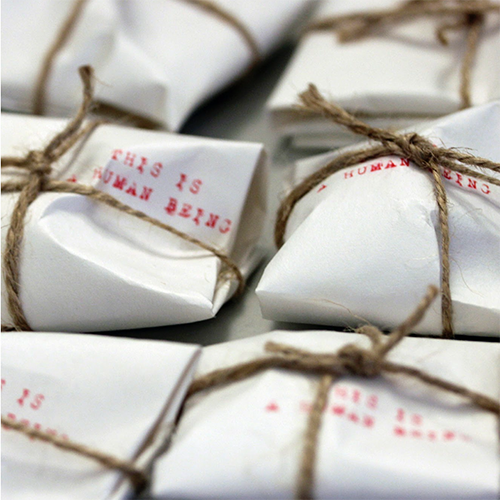When the spectator draws
Memory actions and dissemination of sensitive topics in the 21st century
DOI:
https://doi.org/10.7577/formakademisk.2741Abstract
After World War II, testimonies and photographs have dominated the spread of knowledge about the Holocaust. The background for the article is the challenges of communicating these events in our time. Initially, the importance of maintaining the dissemination of the Holocaust was emphasized. The text retrieves examples from reception theory, and demands new ways to promote the spectator's active involvement. The historical background is explained. Through a series of workshops a phenomenological approach is being tested through drawing to commemorate victims of the Holocaust. Three examples from the workshops show different participants' approaches as well as possible challenges. Results of the workshops, observations and feedback are discussed along the way. The article will address the challenges of the project and possible sources of error you may encounter. Observations and feedback from participants in the workshops appear to confirm that a wrapped stone with a number worked redemptively for the majority from the position as passive viewer to active investigative characters.
Keywords: artistic development, drawing, holocaust, participant-based memory culture, dissemination methods, reception theory

Downloads
Published
How to Cite
Issue
Section
License
Authors who publish with this journal agree to the following terms:
- Authors retain copyright and grant the journal right of first publication with the work simultaneously licensed under a Creative Commons Attribution 4.0 License that allows others to share the work with an acknowledgement of the work's authorship and initial publication in this journal.
- Authors are able to enter into separate, additional contractual arrangements for the non-exclusive distribution of the journal's published version of the work (e.g., post it to an institutional repository or publish it in a book), with an acknowledgement of its initial publication in this journal.
- Authors are permitted and encouraged to post their work online (e.g., in institutional repositories or on their website) prior to and during the submission process, as it can lead to productive exchanges, as well as earlier and greater citation of published work (See The Effect of Open Access).
- The author(s) must manage their economic reproduction rights to any third party.
- The journal makes no financial or other compensation for submissions, unless a separate agreement regarding this matter has been made with the author(s).
- The journal is obliged to archive the manuscript (including metadata) in its originally published digital form for at least a suitable amount of time in which the manuscript can be accessed via a long-term archive for digital material, such as in the Norwegian universities’ institutional archives within the framework of the NORA partnership.
The material will be published OpenAccess with a Creative Commons 4.0 License which allows anyone to read, share and adapt the content, even commercially under the licence terms:
This work needs to be appropriately attributed/credited, a link must be provided to the CC-BY 4.0 licence, and changes made need to be indicated in a reasonable manner, but not in any way that suggests that the licensor endorses you or your use.



